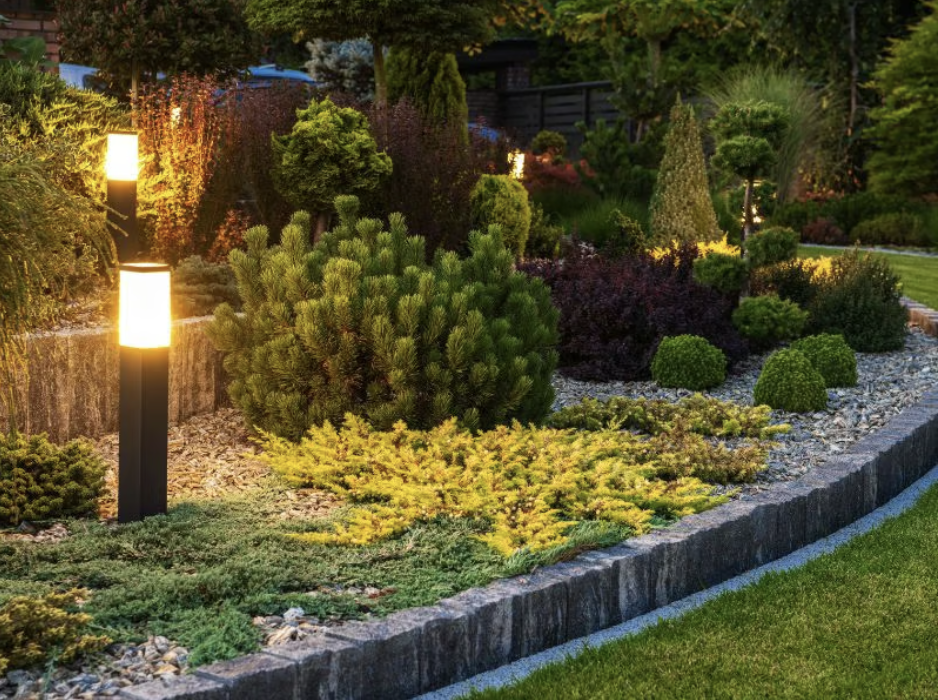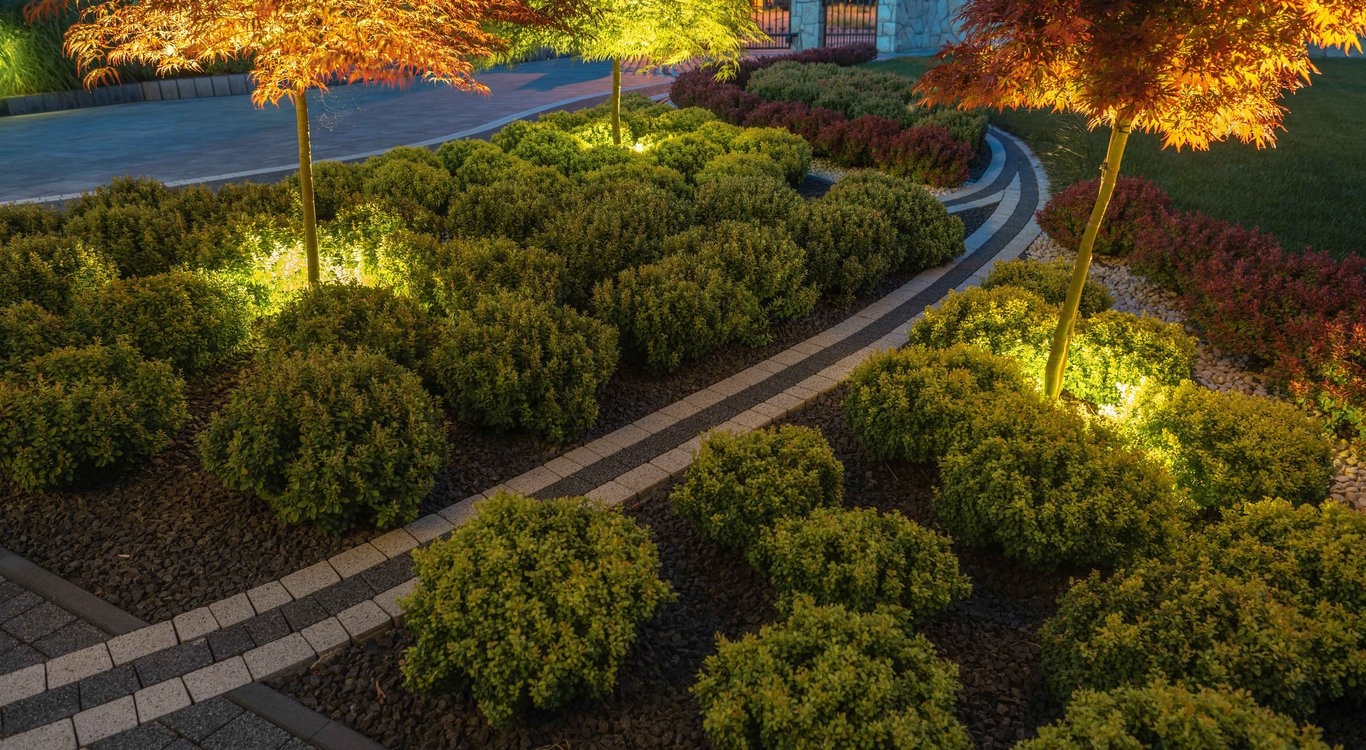




Wondering which lighting technique to use for your landscape design? It’s a tough, but the fulfilling road for homeowners who desire to transform the look of their landscape with lighting. With hundreds of techniques from which to choose, designing can turn into an arduous task instead of a rewarding experience.
To make your process a little easier, we outlined some of the top lighting techniques below. They are commonly used in all types of landscape designs and styles. From zen gardens to elaborate Tuscan features, each technique has its place in form and function.

The technique of uplighting involves placing a fixture close to the trunk of a tree and directing the light upward. This effect emits a soft moon-like glow to the tree.
Downlighting is similar to uplighting but the fixture is placed elevated above the object. The smaller trees would benefit from this technique since it casts light through the tree below.
This technique lights a vertical surface behind an object resulting in a dark outline of the object. This technique is effective for shining light on an object, like a tree or plant located close to a wall.

Grazing involves placing a fixture against a textural wall about 6” away from it to intensify its texture. The beam is directed up or down and is often used along brick or stone walls.

If you place a fixture in front of an object it will cast a shadow on the surface behind it. This technique is known as shadowing. Play around with the size of the shadow by adjusting the distance of the fixture in relation to the object. The further away from the fixture, the smaller the shadow.

Fountains should be featured in landscape designs with lighting adding a special effect when fixtures are placed under the water. Fountain lighting contributes to a warmer ambiance and a reflective water surface. Add colored lenses for a creative and dramatic look. The same effects can be applied to ponds or any other water feature.
Moonlighting is evident when a fixture is hidden inside a tree and positioned downward to dance through the branches. The more elevated the fixture, the greater the tranquil effect on the object.
This technique is helpful when lighting paths and walkways for security purposes. The paths should be completely visible but not too bright to cause glare or pollution. Consider illuminating any dark areas so intruders are not tempted to approach your property. Low-level lighting will deter criminals and illuminate dark areas while preventing a severe glare.

Spread lighting is the perfect accompaniment to greenery or flowers that are low to the ground. The fixtures evenly disperse the light throughout the area of focus. Fully-shielded fixtures are best for the absence of glare, but a partial shield will be the best choice to illuminate larger areas with deeper foliage.
Design and safety go hand in hand with deck lighting. Add a beautiful design fixture while illuminating steps, deck edges, and changes in elevation for safety.
Any one of these techniques will enhance and provide a safer environment for all who live in your home.